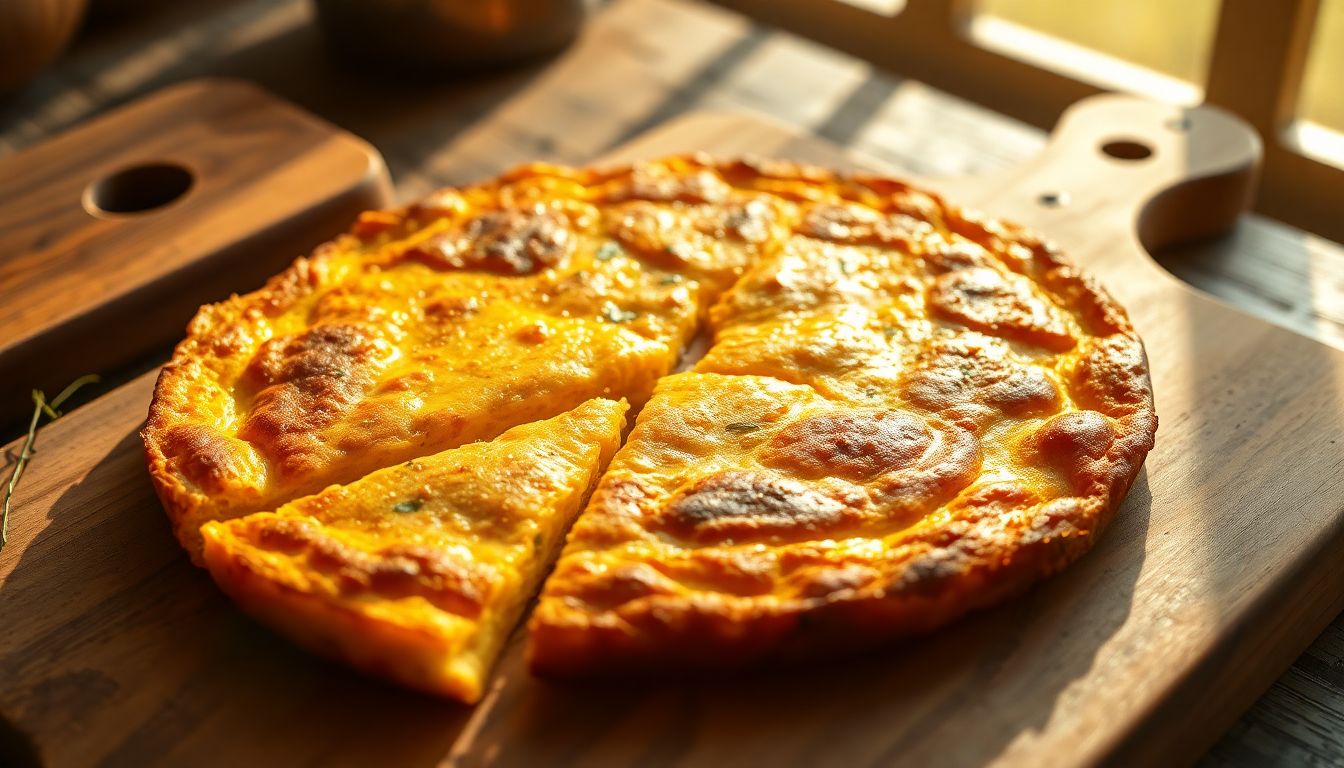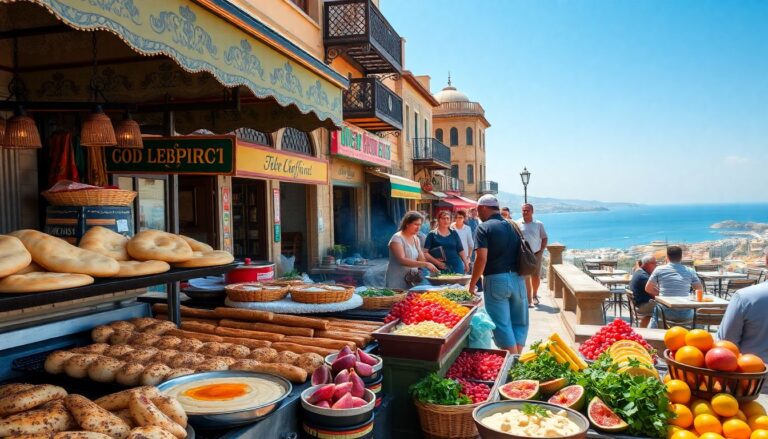
Tortilla Española: Uncover the Secrets of Spain’s Famous Omelette
Imagine sitting in a sunny plaza in Spain, the aroma of olive oil and cooked potatoes wafting through the air. A thick, golden-brown slice of Tortilla Española sits before you, its simple appearance hiding a depth of flavor that has captivated generations. This isn’t just an omelette; it’s a taste of Spain itself.
The Tortilla Española is a real icon in Spain. This humble dish is more than just food; it’s a symbol of the culture. What makes it so special?
This article looks into the history of the Spanish omelette. We’ll explore its core ingredients and teach you to make one. We will check out ways it changes from place to place and why it matters so much to Spaniards. This is your guide to understanding and enjoying the classic Tortilla Española.
A Culinary Journey: The History of Tortilla Española
Where did the Tortilla Española come from? The answer isn’t so clear. Some say it was invented in the 1800s during the Carlist Wars as a way to feed armies. But really, it’s an evolution of earlier foods.
From Humble Beginnings: Early Recipes and Ingredients
Before potatoes came to Europe, early omelettes were different. They used whatever was around, such as vegetables. These omelettes were simple, but they paved the way for what was to come.
The Potato Revolution: A Key Ingredient Emerges
Potatoes changed the Tortilla Española forever. When they arrived in Spain from the Americas, potatoes became a cheap and filling food. Cooks started adding them to omelettes, creating what we know today. This simple change made the tortilla a staple.
Tortilla Española Through the Ages: Regional Adaptations and Modern Twists
Over time, the Tortilla Española has evolved. Each area of Spain has its own style. Some like it runny, others like it fully cooked. Today, chefs are adding new twists. But the basic idea stays the same: potatoes, eggs, and olive oil.
The Essential Elements: Key Ingredients for an Authentic Tortilla Española
To make a truly authentic Tortilla Española, you only need a few simple ingredients. But each one plays a key role. The most important part is getting fresh items.
Potatoes: Choosing the Right Variety for the Perfect Texture
The type of potato matters a lot. Some potatoes are waxy, which means they stay firm when cooked. Others are floury and become soft. For a classic tortilla, many cooks like a potato that’s in between. It holds its shape but also melts in your mouth.
Eggs: Selecting Fresh Eggs for Optimal Flavor and Consistency
Fresh eggs can make or break your tortilla. Look for eggs with bright yellow yolks. These will give your tortilla a rich color and flavor. The quality of the eggs really shows in the finished dish.
Olive Oil: The Foundation of Flavor and Cooking Medium
Olive oil does more than just cook the potatoes; it adds flavor. High-quality olive oil will give the tortilla a smooth, rich taste. Don’t skimp here; it’s worth the investment.
Mastering the Technique: A Step-by-Step Guide to Making Tortilla Española
Making a Tortilla Española might seem hard, but it isn’t. Just follow these steps, and you will have a great dish. The trick is to keep an eye on the details.
Preparing the Potatoes and Onions: Slicing, Dicing, and Seasoning
First, peel and slice the potatoes thinly. Onions are optional but add a nice flavor. Cooks like to dice the onions small. Season everything with salt and pepper. This is a good idea because it wakes up the taste.
Cooking the Potatoes: Achieving the Perfect Tenderness and Flavor
Heat olive oil in a pan over medium heat. Add the potatoes and onions. Cook them slowly until they are soft. You don’t want them to brown too much. The goal is for them to be tender and sweet.
Assembling and Cooking the Tortilla: Flipping Techniques and Achieving the Desired Doneness
Now, beat the eggs in a bowl. Mix in the cooked potatoes and onions. Pour the mixture back into the pan. Cook over low heat. Once the bottom is set, flip the tortilla using a plate. Cook the other side until it’s done. Some people like it runny in the middle; others want it firm.
Beyond the Classic: Exploring Regional Variations and Modern Interpretations
While the basic recipe is the same, the Tortilla Española changes from place to place. And chefs keep finding new ways to make it. It is a very flexible dish.
Northern Spain: Tortilla de Betanzos and its Runny Center
In northern Spain, the Tortilla de Betanzos is famous. What makes it special? It’s really runny in the middle. This gives it a creamy texture that locals love.
Southern Spain: Andalusian Variations with Chorizo or Peppers
Down south in Andalusia, you might find tortillas with chorizo or peppers. These add a spicy kick to the dish. Each region has its own way of putting their stamp on it.
Modern Twists: Creative Ingredients and Presentation Styles
Today, chefs are trying new things with the Tortilla Española. Some add cheese or different vegetables. They even change the way it looks. But the heart of the dish remains the same.
Tortilla Española: A Cultural Icon
The Tortilla Española is more than just a recipe; it’s part of Spanish life. It shows up at family meals and in tapas bars. It’s a food that brings people together.
Tortilla Española in Spanish Cuisine: A Staple in Tapas Bars and Family Meals
Go to any tapas bar in Spain, and you will likely see Tortilla Española. It’s a classic snack. It is also very common at family dinners. It’s a simple dish that everyone enjoys.
Celebrating Tortilla Española: Festivals and Competitions
All over Spain, there are festivals that celebrate the tortilla. Cooks compete to make the best one. These events show how much Spaniards love this dish.
Conclusion
The Tortilla Española is a testament to the beauty of simple food. Its history, basic ingredients, detailed preparation, and cultural meaning show its lasting appeal. It is more than just an omelette; it’s a symbol of Spain.
Why not try making your own? With some potatoes, eggs, and olive oil, you can experience the taste of Spain right in your kitchen. Enjoy!








